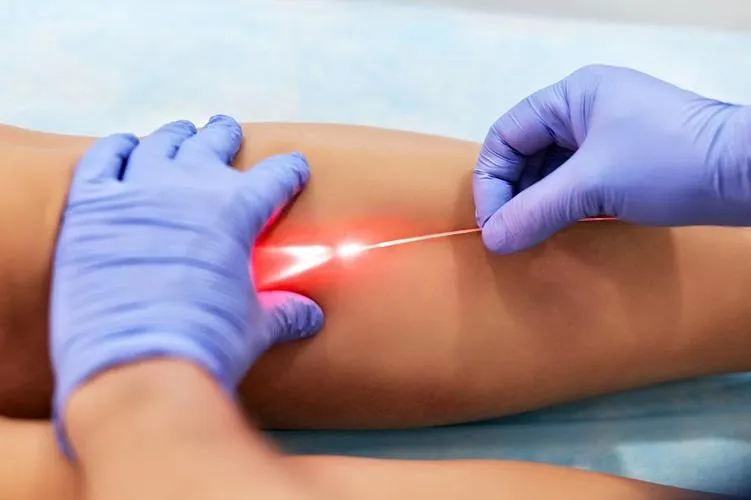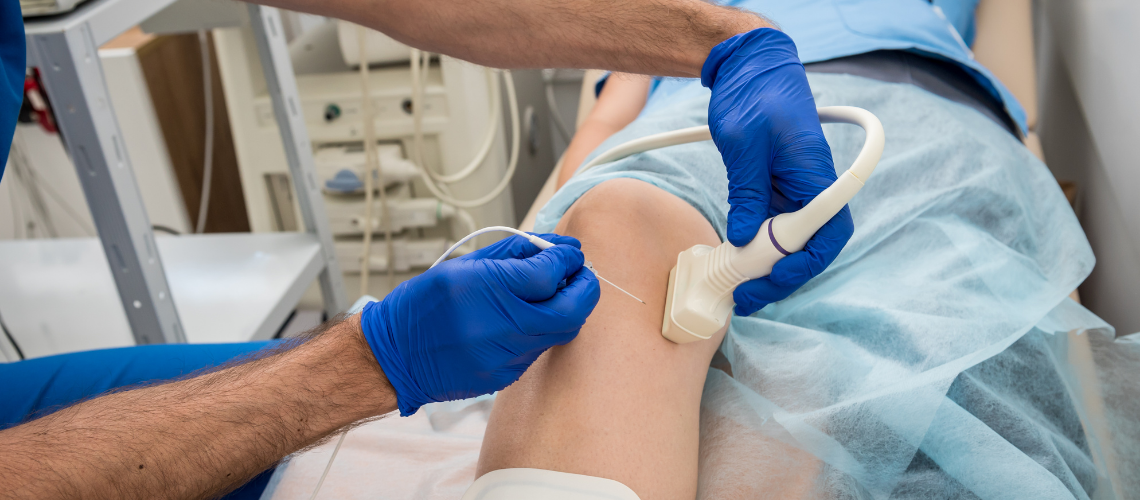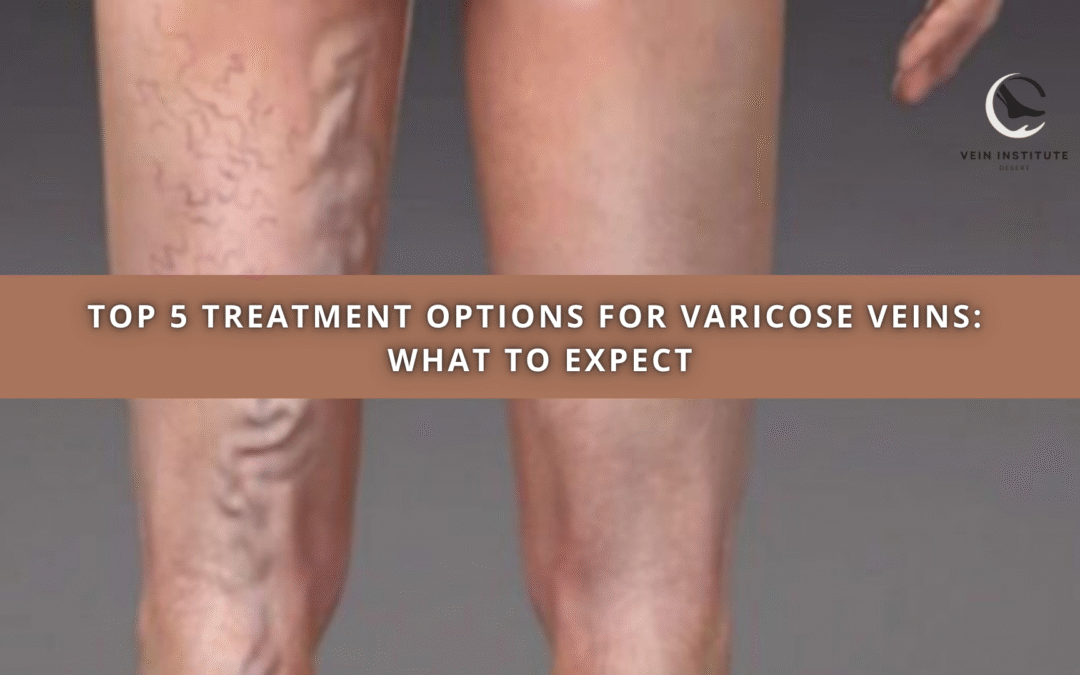🏆 Top 5 Varicose Vein Treatments
Varicose veins are not just a cosmetic concern they can be a source of discomfort and potentially lead to more severe health issues if left untreated. Fortunately, there are various varicose vein solutions available that can effectively reduce or eliminate these bothersome veins.
🩸 What Are Varicose Veins?
Varicose veins are swollen, enlarged veins that often appear on the legs. They occur when the valves within the veins become weak or damaged, causing blood to pool and the veins to expand. Over time, this can lead to discomfort, pain, and in some cases, more severe complications like ulcers or blood clots. While swollen veins therapy is typically sought for cosmetic reasons, the associated health risks make early intervention important.
1️⃣ Laser Treatment of Varicose Veins

One of the most common and effective methods for treating enlarged veins is laser. This minimally invasive procedure uses focused light to close off affected veins. The body naturally redirects blood to healthier veins, and the treated vein gradually fades away. Laser treatment is ideal for smaller to medium-sized varicose veins and is a great option for those looking to avoid surgery.
✅ Benefits:
-
Non-invasive with no incisions
-
Minimal discomfort
-
Quick recovery with little downtime
🔍 What to Expect:
After the procedure, patients may experience mild redness or swelling, but most can resume normal activities within a few days. It may take a few weeks to see the full results as the veins gradually close and fade.
2️⃣ Sclerotherapy

Sclerotherapy is another widely used treatment for smaller veins. In this procedure, a solution is injected directly into the problematic veins. The solution irritates the vein’s lining, causing it to collapse and eventually be absorbed by the body.
✅ Benefits:
-
Quick and effective for smaller veins
-
No anesthesia required
-
Little to no downtime
🔍 What to Expect:
Patients may experience some bruising or mild discomfort after the procedure, but sclerotherapy has a high success rate with minimal recovery time. Multiple sessions may be needed for larger or more stubborn veins.
3️⃣ Endovenous Laser Therapy (EVLT)
Endovenous laser therapy (EVLT) is a slightly more invasive option for treating larger varicose veins. A laser fiber is inserted into the vein through a small incision, and the laser energy is used to close the vein. The blood is then rerouted to healthier veins, and the treated vein fades away over time.
✅ Benefits:
-
Highly effective for larger veins
-
Minimally invasive with a low risk of complications
-
Quick procedure with minimal downtime
🔍 What to Expect:
After the procedure, patients may experience some swelling, bruising, and mild discomfort, which typically resolves within a few days. Recovery time is relatively short, and most individuals can return to work the next day.
4️⃣ Radiofrequency Ablation (RFA)

Radiofrequency ablation (RFA) is similar to EVLT but uses radiofrequency energy instead of a laser to close the affected vein. A catheter is inserted into the vein, and the radiofrequency energy heats the vein, causing it to collapse. Over time, the body absorbs the treated vein, and blood flow is redirected to healthier veins.
✅ Benefits:
-
Less discomfort compared to traditional surgery
-
Effective for larger veins
-
Quick procedure with a low risk of recurrence
🔍 What to Expect:
RFA has a quick recovery time, and patients may experience some mild swelling or bruising, which typically resolves within a week. Like EVLT, most patients are able to resume normal activities within a day or two.
5️⃣ Vein Stripping and Ligation

For more severe cases of varicose veins, vein stripping and ligation may be recommended. This surgical procedure involves making incisions in the skin to remove or tie off the affected veins. While this is a more invasive treatment, it can be highly effective for extensive varicose veins that do not respond to other treatments.
✅ Benefits:
-
Permanent solution for severe varicose veins
-
Immediate results in terms of vein removal
🔍 What to Expect:
Since this is a surgical procedure, there will be a longer recovery time compared to minimally invasive treatments. Patients may experience swelling, bruising, and discomfort, and it can take a few weeks to fully recover.
🩺 When to Seek Varicose Veins Treatment
If you are experiencing discomfort, pain, or visible bulging veins, it’s important to seek varicose vein solutions as early as possible. Even if your varicose veins do not cause immediate symptoms, they can worsen over time, leading to more severe complications. A vein specialist can help determine the best treatment option based on the size, location, and severity of the veins.
📝 Factors to consider when seeking treatment:
-
Pain or discomfort: If your varicose veins are causing pain or heaviness in your legs, it’s time to consider treatment.
-
Cosmetic concerns: If the appearance of your veins is affecting your self-esteem, cosmetic treatments like laser therapy or sclerotherapy can help improve the look of your legs.
-
Health risks: In more severe cases, untreated varicose veins can lead to ulcers, blood clots, or chronic venous insufficiency, making early intervention essential.
🔍 Choosing the Right Treatment for Your Varicose Veins
Each varicose veins treatment option comes with its benefits and considerations. The best treatment for you will depend on the size and severity of your varicose veins, as well as your overall health and preferences. Consulting with a qualified vein specialist is key to finding the most effective and appropriate solution for your specific needs.
Andy Sharifi
Position

